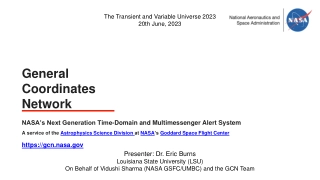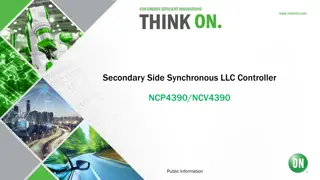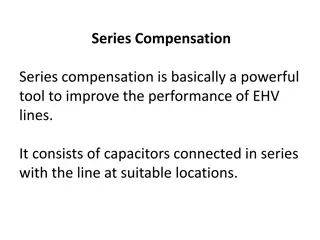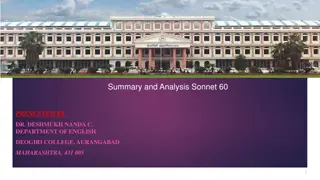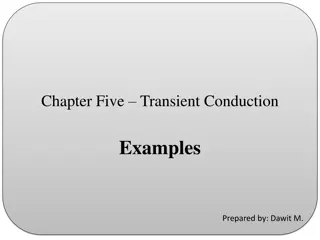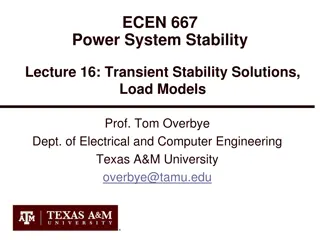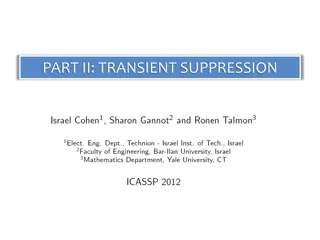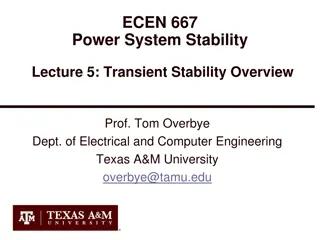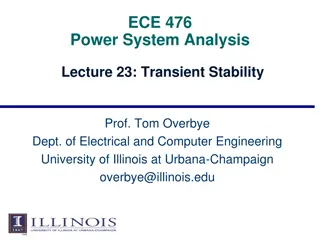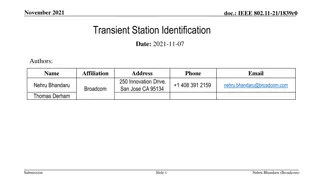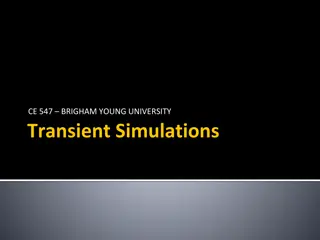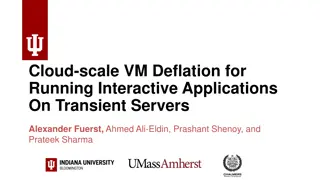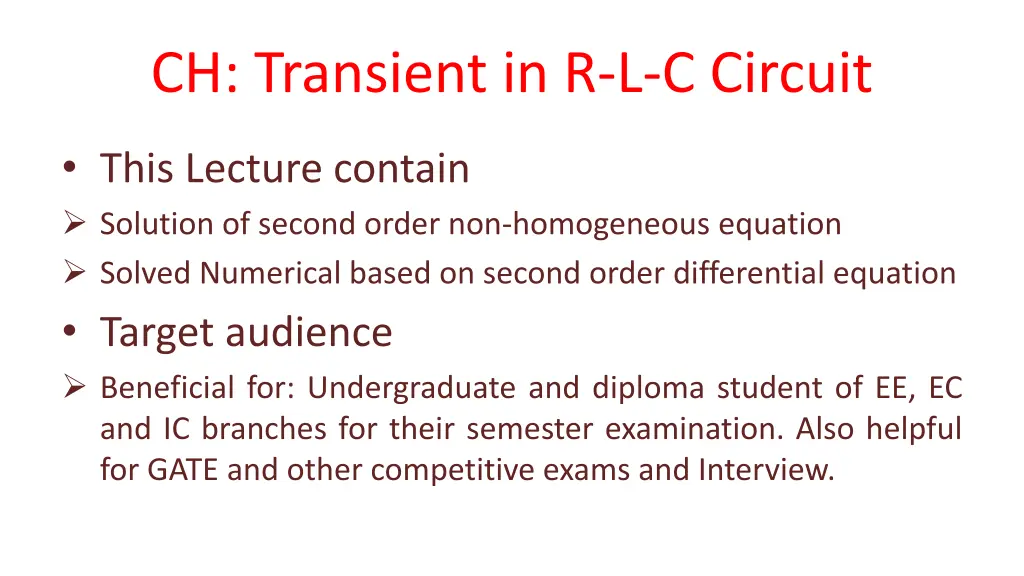
Transient Solution of Second Order Non-homogeneous R-L-C Circuit
This lecture provides solutions for second-order non-homogeneous equations in R-L-C circuits, focusing on numerical examples. Targeted at undergraduate and diploma students in EE, EC, and IC branches for exams and competitive tests. Learn about characteristics of roots in second-order differential equations and how to solve examples step by step.
Uploaded on | 1 Views
Download Presentation

Please find below an Image/Link to download the presentation.
The content on the website is provided AS IS for your information and personal use only. It may not be sold, licensed, or shared on other websites without obtaining consent from the author. If you encounter any issues during the download, it is possible that the publisher has removed the file from their server.
You are allowed to download the files provided on this website for personal or commercial use, subject to the condition that they are used lawfully. All files are the property of their respective owners.
The content on the website is provided AS IS for your information and personal use only. It may not be sold, licensed, or shared on other websites without obtaining consent from the author.
E N D
Presentation Transcript
CH: Transient in R-L-C Circuit This Lecture contain Solution of second order non-homogeneous equation Solved Numerical based on second order differential equation Target audience Beneficial for: Undergraduate and diploma student of EE, EC and IC branches for their semester examination. Also helpful for GATE and other competitive exams and Interview.
second homogeneous equation: order non- 2 d i dt di dt + + = 0 a a a i 0 1 2 2
2 1 a 4 a a a a second homogeneous equation: order non- 1 0 2 = , S S 1 2 2 0 Case Characteristics of Roots Solution Negative, real and unequal roots 2 1 4 a a a = + S t S t ( ) i t k e k e 1 2 0 2 1 2 Negative, real and equal roots = + St ( ) i t ( ) k k t e = 2 1 4 a a a 1 2 0 2 ( ) j Complex conjugate = + 2 1 t 4 ( ) i t ( cos sin ) a a a e K t K t 0 2 1 2 j = = + Conjugate imaginary ( ) 0; 0 ( ) i t ( cos sin ) a a K t K t 1 2 1 2
Note to remember Steps follow to solve the example: 1) Draw equivalent circuit for t 0 and Apply KVL, KCL or Node voltage analysis. 2) Calculate the root of 2ndorder equation. 3) To find out particular solution, K1 and K2 need to calculate using initial condition. 4) Differentiate generalize solution to obtain 2ndconstant K using initial condition.
In a series R-L-C network, of Fig., switch k is closed at time particular for given: V=20V, R=9 , L=1H, C=0.05F t=0. Determine solution element the i(t) values of the Solution:

